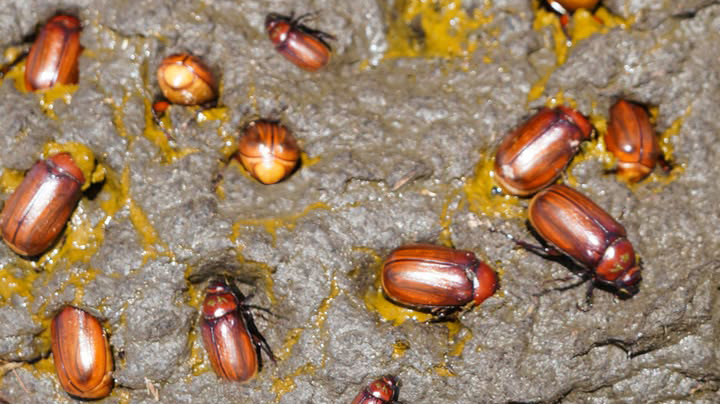
In the search for sustainable and alternative protein sources, insects have emerged as a compelling option. One insect that occasionally comes up in discussions is Holotrichia, a genus of beetles commonly referred to as white grubs or May/June beetles. But can we eat Holotrichia? Is it safe, nutritious, or culturally accepted? Let’s explore.
What is Holotrichia?
Holotrichia is a genus of beetles from the Scarabaeidae family. The larvae (commonly known as white grubs) live in soil and feed on roots, while the adults emerge during warmer seasons to feed on foliage. These beetles are considered agricultural pests in many parts of Asia and Africa, especially in crops like sugarcane, maize, and groundnuts.
Are Holotrichia Edible?
Yes, Holotrichia beetles are edible, and they are consumed in certain parts of the world, especially in South and Southeast Asia. Tribes and rural communities in India, Thailand, Laos, and Vietnam have traditionally consumed beetles, including Holotrichia, either as a delicacy or as part of their regular diet.
Traditional Use
In northeastern India, for instance, Holotrichia beetles are collected during the monsoon season and either roasted, fried, or sun-dried. They are known to have a crunchy texture and nutty flavor when cooked. In some cultures, the larvae (white grubs) are also consumed, often roasted or boiled.
Nutritional Value
Though specific data on Holotrichia is limited, edible beetles in general are known to be:
-
High in protein
-
Rich in fats (especially healthy unsaturated fats)
-
Sources of essential minerals such as iron, zinc, and magnesium
-
Low in carbohydrates
This makes them a viable food option for areas where malnutrition or protein deficiency is a concern.
Are They Safe to Eat?
In general, Holotrichia beetles are safe to eat if properly prepared. However, there are a few caveats:
-
Avoid raw consumption: Raw beetles may carry parasites or harmful bacteria.
-
Check for pesticide exposure: Since these beetles often live in agricultural areas, they may come into contact with pesticides, making them unsafe if not sourced carefully.
-
Allergies: Like with other insects, some people may experience allergic reactions.
Proper cleaning, cooking, and sourcing are essential to ensure safety.
Environmental and Economic Benefits
Eating Holotrichia could also help manage pest populations naturally, reducing the need for chemical pesticides. Additionally, harvesting and farming insects like Holotrichia can:
-
Provide livelihood opportunities
-
Reduce agricultural damage
-
Contribute to sustainable food systems
Conclusion
Yes, we can eat Holotrichia. While they may not be on every dinner plate, they are a nutritious, eco-friendly, and culturally significant food source in several regions. With proper preparation and awareness, Holotrichia beetles can play a role in sustainable diets and even combat food insecurity in the future.